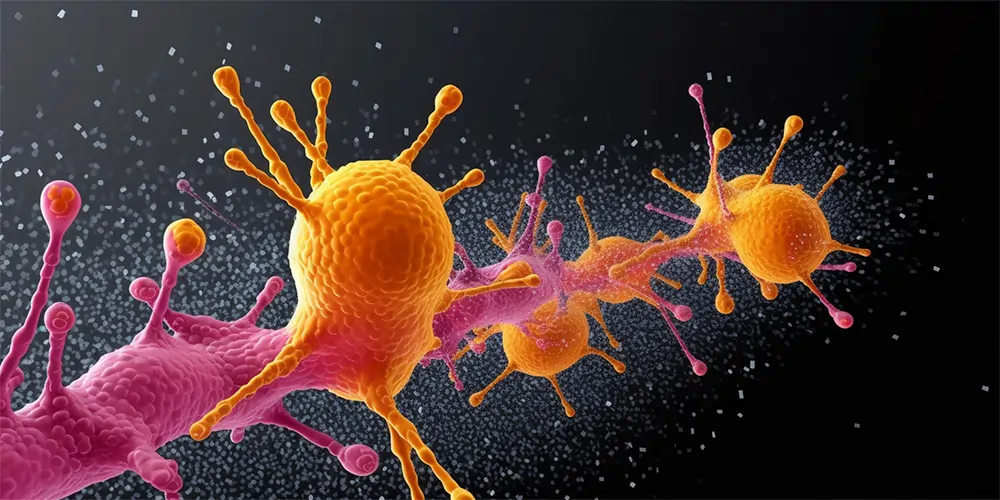A recent image showing a dramatic explosion near the Pentagon in the United States sent a ripple of shock through social media networks, particularly Twitter.
Alarmingly, the confusion was further stirred when even Twitter accounts with verification badges started sharing the picture.
This image triggered a momentary fall in the S&P 500 as the information circulated widely. However, authorities and social media investigators quickly clarified that the event was fabricated.
Explosion Image: AI or Reality?
The fake image showcased black smoke billowing from a white building, sparking panic among viewers and causing a knee-jerk reaction in the financial market.
Verified accounts such as WarMonitors, BloombergFeed (which has now been banned), and Russia-owned RT disseminated the image, which amplified its impact.
In a statement to DailyMail.com, a Deputy Officer for the Pentagon asserted, “We do not have any comment beyond confirming it as false.”
This instance exposes the pressing issue of AI’s potential role in spreading misinformation.
Notably, the image appeared to be generated by artificial intelligence, highlighting the emerging threat of AI-assisted misinformation.
This alarming incident occurred amid rising apprehensions about the increasing power of AI in information manipulation, especially in the lead-up to the 2024 Presidential Election.
Nick Waters, a former army personnel and a journalist from Bellingcat, an online news verification group, pointed out the features that gave away the image’s inauthenticity.
A Double-Edged Sword
The increasing sophistication of AI technology is impressive yet worrisome.
Generative AI image tools such as Midjourney, Dall-e 2, and Stable Diffusion can create life-like images with minimal effort. However, these tools can occasionally produce anomalies in images, leading to misleading interpretations.
This phenomenon raises concerns about AI’s potential to facilitate the spread of misinformation, especially in the context of crucial events such as elections or emergencies.
Verifying Online Content
The ease with which this fake image proliferated underscores the importance of verifying online content. Nick Waters and other experts have emphasised the importance of a systematic approach to authenticating images or videos shared online.
Users are advised to consider factors such as the uploader’s identity, post history, and the plausibility of the event’s location.
You can also lean on tools like Google Images to shed light on the roots and validity of an image.
Taking a good look at the environment within the image and spotting anything out of place can provide solid clues about whether the picture is genuine or not.
A Global Concern
AI’s capacity to generate convincing yet misleading images has led to an escalating call for regulations.
The power and the potential risks associated with AI have become global concerns.
OpenAI CEO Sam Altman recently addressed Congress, tackling questions about controlling the potential self-control of AI technology.
Elon Musk and over 1,000 tech leaders have signed an open letter urging a halt to AI development for at least six months to allow time for comprehensive analysis.
In the light of a hypothetical scenario where AI surpasses human intelligence, these leaders believe it’s crucial to take a pause.




